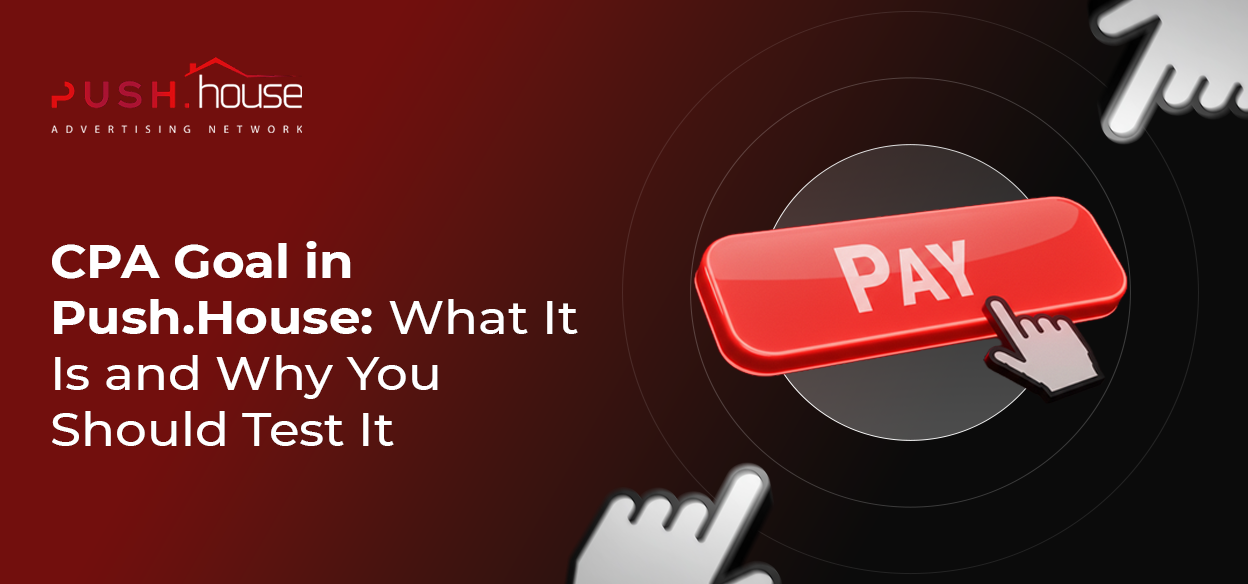
Budget Management: Tips for Efficiently Allocating Funds Between Campaigns
Hi there! Push.House here.
One of the most common mistakes in affiliate marketing is poor budget management. Even if you’ve got a great offer and a solid funnel, you can still end up in the red if your budget strategy is off. In this article, we’ll break down how to effectively distribute your funds across push campaigns, what to focus on when scaling, and how to balance testing with consistent profit.
Why Budgeting Matters in Push Campaigns
Push traffic is known for its low entry barrier, fast feedback, and the ability to run many tests at once. But that flexibility can lead to costly mistakes:
- Overspending on tests with no outcome
- Burning budget on campaigns without analysis
- Forgetting to reserve funds for scaling winning funnels
The result? Losses — even with decent CTR and CR.
Step One: Split Your Budget by Campaign Stage
Don’t throw everything into one campaign. Build a clear structure:
1. Testing Budget (30–40%)
Used to explore new GEOs, offers, approaches, and creatives. The goal isn’t profit — it’s to find setups that at least break even or show scaling potential.
2. Scaling Budget (40–50%)
Once you’ve got a winning setup, scale it. These funds go toward volume and audience expansion.
3. Retargeting & Optimization (10–20%)
Covers retargeting, A/B testing creatives, and adjusting successful campaigns.
How to Test Smart Without Wasting Everything
🔸 Use Micro-Budgets
Don’t start with $100 on a fresh campaign. Run 3–5 variations at $10–20 each. Watch the metrics — CTR, CR, engagement. Push.House gives you precise tracking tools — use them.
🔸 Enable Postback Tracking
You need conversion data to optimize. Without it, you’re flying blind.
🔸 Set Daily Spend Limits
Even if a campaign looks promising, cap your daily spend. It helps avoid overspending and keeps your testing under control.
How to Scale Without Losing Control
So you’ve got a profitable funnel — don’t blow your whole budget scaling all at once. Take a gradual approach:
- Increase your budget 20–30% per day
- Add new sources or feeds slowly
- Duplicate campaigns — keep the original, and create variations with different timing, bids, or GEOs
Balancing Proven Winners with New Tests
It’s not just about scaling what works. You also need to keep testing. Markets shift fast — offers fade, audiences fatigue, bids rise.
Recommended ratio:
- 60% on stable, proven campaigns
- 40% on tests and experiments
This way, even if one campaign stops converting, your revenue won’t disappear.
Push.House Tips
- Use automatic caps on clicks, spend, and time — they’ll save you from surprise losses
- Split campaigns by GEO and user type (new vs. retarget)
- Use dynamic bidding — sometimes lowering your bid 10–15% gives you the same conversions at a better price
Final Thoughts
Smart budget management isn’t just about saving money — it’s about control, structure, and scale. Push traffic changes fast, so your budget decisions need to be quick, too.
Set limits, track performance, test consistently — and always keep an eye on your spend. That’s how you turn clicks into profit.














